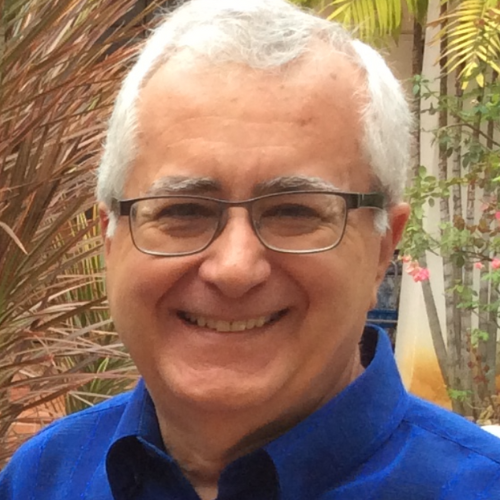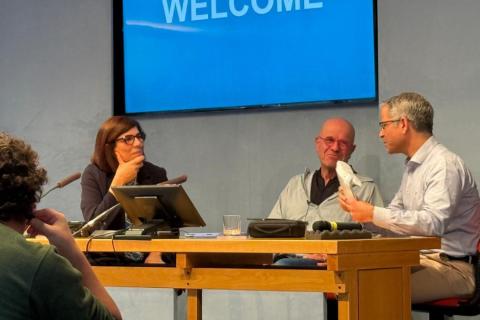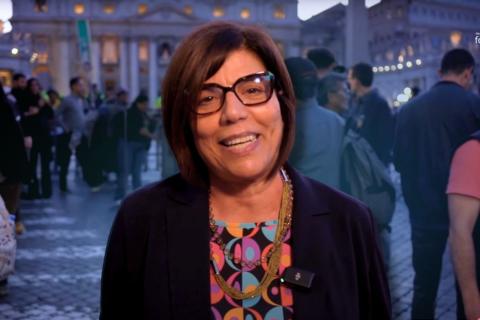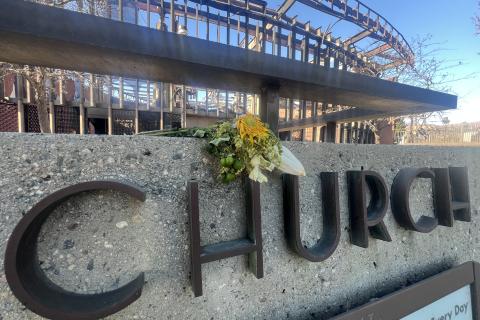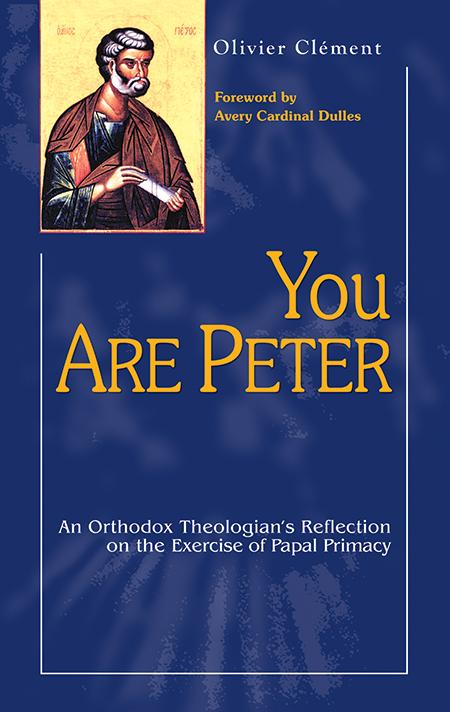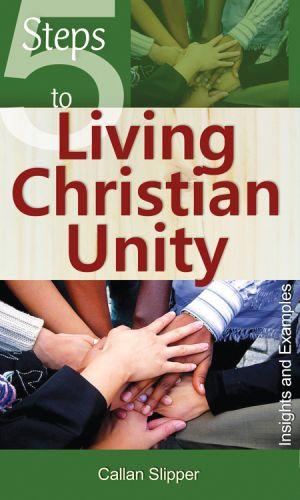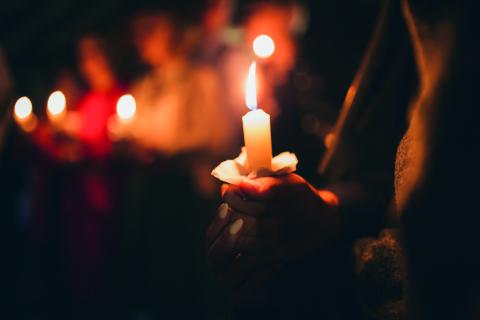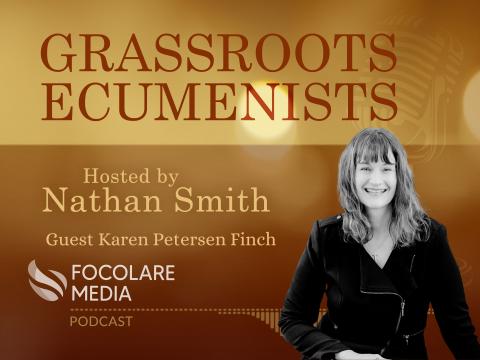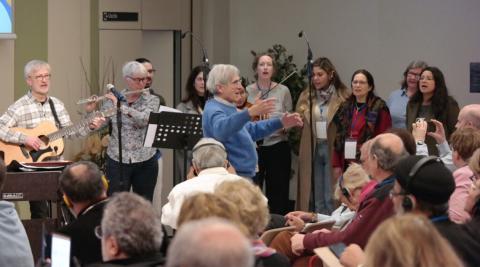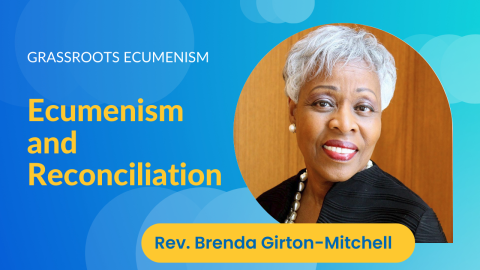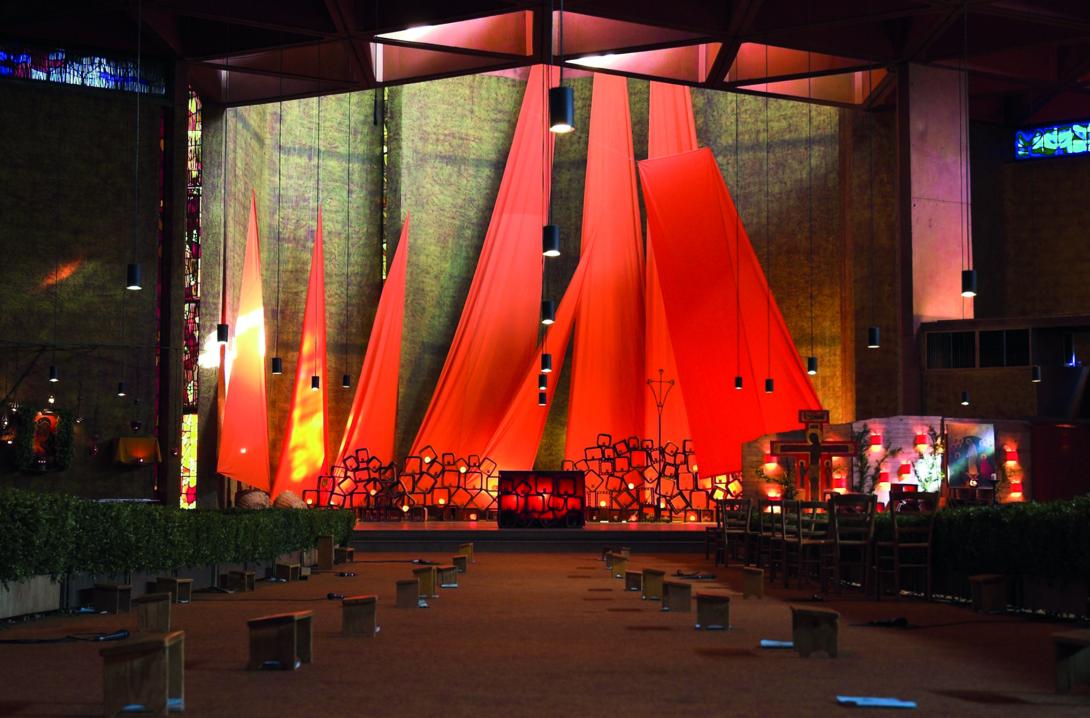
Photo by Johannes Hahn | Wikipedia
During a conversation with Argentine priest Guillermo Marcó on June 9, Pope Francis returned once more to the theme of crises and conflict: “One of the things I learned here [at the Vatican] is that we do not know how to manage crises, and crises are what make us grow.
“[Do] not transform them into conflict, or black and white. When you transform a crisis into conflict, you lose.”
It is painful to recognize that, far too often through the centuries, theological crises were allowed to deteriorate into conflicts, often with clear political overtones. This has had disastrous results for the unity of the Church. Yet, although still at the beginning, genuine steps are being taken on the journey back to “that all may be one” (Jn 17:21).
Sociologists and historians invite us to look at the past in order to understand the present and shape the future. In this spirit, let us take a very broad look at history and where we are today.
The schism with the East
The Great Schism of 1054 between Orthodoxy and Catholicism did not just happen. The mutual excommunication was the final act in a long history of mistrust and of struggle for political supremacy between Rome and Constantinople.
Yes, there are valid theological questions—synodality vs. primacy, leavened or unleavened bread, the procession of the Holy Spirit from the Father and the Son—but, surely, these issues could have been addressed at a theological level.
Any chances of reconciliation were scuttled by the horrific actions of the Fourth Crusade in 1204, which included the sack of Constantinople, the desecration of Hagia Sophia and the theft of ancient relics.
In this context, then, one cannot overstate the importance of the historic meeting between Pope Paul VI and Patriarch Athenagoras in Jerusalem in 1964, a meeting that the patriarch described as “the first glimmer of a blessed day when future generations will receive communion in the holy body and blood of the Lord from the same chalice.”
That 1964 meeting marked the beginning of a renewed relationship between Roman Catholic and Orthodox churches. Theological symposia have been convened on a regular basis since 1980.
On May 4, 2001, Pope John Paul II asked for forgiveness for the atrocities committed by the crusaders eight centuries earlier. In 2004, the Vatican returned the relics of St. John Chrysostom and St. Gregory Nazianzen.
These gestures of good will are indicators of a journey towards unity that is long and challenging but that cannot be held back any longer.
Power struggles in the West
Let us turn our attention westward. The migration of northern tribes in the fifth and sixth centuries put an end to the Western Roman Empire, which was replaced by a number of independent kingdoms.
In 756, Pepin, king of the Franks, granted the pope vast territories in central Italy resulting in the creation of the Papal States and making the pope a powerful temporal ruler. This intermingling of politics and religion would have long-lasting consequences.
After a protracted period of cultural stagnation in Western Europe, the devastating Black Plague of the mid-14th century gave way to the Renaissance, a period of economic, scientific and intellectual development that challenged many of the certainties of the past.
The papacies of Alexander VI and Julius II, more concerned with worldly matters than with spiritual ones, are symptomatic of the chaotic state of the Church during this period. It was in this context that people like Luther, Calvin and others clamored for reform.
Theological disputes that should have been addressed by open dialogue became entangled in power politics. The Edict of Worms (1521), presided over by the Holy Roman Emperor, illustrates the confusion reigning at the time: the assembly that condemned Luther was a political, not a religious, assembly. It could be argued that Luther had become an unwitting pawn in the conflict between the Emperor and German princes.
In 1555, the Augsburg Settlement established that each individual prince would decide his subjects’ religion: Catholic or Lutheran. This so-called Peace of Augsburg was obviously not a theological declaration, but a political one. The same can be said of the Act of Supremacy of English King Henry VIII in 1534.
For many decades afterwards, the various denominations—Catholic, Lutheran, Anglican, Baptist, Reformed, Methodists—built higher and higher walls between them, throwing the extra bricks over the top in the hope that they would hit someone on the other side.
Today the phenomenon is being reversed, and as the walls are lowered and we see each other, we are becoming more conscious of our similarities rather than what divides us.
The rise of ecumenism
The Edinburgh World Missionary Conference of 1910 is generally considered the starting point of ecumenism as we know it. The conference gave new impetus to greater collaboration, recognizing that Protestant missionary efforts abroad were hindered by the scandal of competition among various denominations.
The conference constitutes one of the historical roots of the World Council of Churches, founded in 1948 in Amsterdam as a consultative and conciliar agent of ecumenism.
In the Catholic Church, Pope Leo XIII (1878–1903) encouraged the practice of a Prayer Octave for Unity in the context of Pentecost. In 1908, the observance of the Church Unity Octave was initiated by Rev. Paul Wattson.
In 1960, Pope John XXIII established a Secretariat for Promoting Christian Unity as one of the preparatory commissions for the Second Vatican Council. This marked the beginning of the Catholic Church’s formal commitment to the ecumenical movement.
In 1966, Pope Paul VI confirmed the secretariat as a permanent body. The Dicastery for Promoting Christian Unity, as it is currently named, organizes and oversees dialogue and collaboration with other churches and world communions. Since its creation, it has also cooperated closely with the World Council of Churches now based in Geneva.
One of the notable accomplishments of the dialogue between the Catholic Church and the Lutheran World Federation is the 1999 Joint Declaration on the Doctrine of Justification. In the Sunday Angelus of October 31 that year, Pope John Paul II declared:
“In Augsburg, Germany, a very important event is taking place at this moment. Representatives… are signing a Joint Declaration on one of the principal points which have divided Catholics and Lutherans: the doctrine of justification by faith.”
It was a theological dispute addressed through theological dialogue. Yet clearly, ecumenism is not limited to the theological sphere. An equally important aspect is what can be called the dialogue of life.
Two examples to illustrate the dialogue of life
The ecumenical community of Taizé, founded in 1940 by Brother Roger Schütz, is a place that, once visited, is not easily forgotten. Year after year, thousands of young people make their way to this French town to live an experience of community, a pilgrimage of trust. The community of about a hundred brothers, Catholic and Protestant, wants its life to be a sign of reconciliation between divided Christians and between separated peoples.
During his visit in 1986, Pope John Paul II described Taizé as “a spring of water. The traveller stops, quenches his thirst and continues on his way. The brothers want, in prayer and silence, to enable you [young people] to drink the living water promised by Christ, to know his joy, to discern his presence, to respond to his call, then to set out again to witness to his love and to serve your brothers and sisters.”
The Ecumenical Life Center is located in the village of Ottmaring, near Augsburg, Germany. The canter has more than 120 permanent residents: families, communities of unmarried women and men, and one community of priests. The vision of Ottmaring is to be a “city” where the life of the Gospel becomes visible in all areas of life.
In Ottmaring one should be able to learn how to realize unity in diversity. The founders and sponsors of the ecumenical settlement are members of the Association of Common Life, mostly Protestant, and the Focolare Movement, whose roots are in the Catholic Church. Thus, the residents represent different faith experiences and traditions, but they all have made a decision to follow God’s universal call to bear witness to unity.
The dialogue of life is not exhausted by projects like Taizé and Ottmaring. It is something that all can live individually and collectively. How? Pope Francis’ words at a February 2017 meeting with the Anglican Community in Rome provide an answer:
“Today we recognize one another as we truly are: brothers and sisters in Christ... As friends and pilgrims, we wish to walk the path together, to follow our Lord Jesus Christ together…
“Let us encourage one another to become ever more faithful disciples of Jesus, always more liberated from our respective prejudices from the past…
“Where we are united in the name of Jesus, he is there (Mt 18:20), and turning his merciful gaze towards us, he calls us to devote ourselves fully in the cause of unity and love.”


